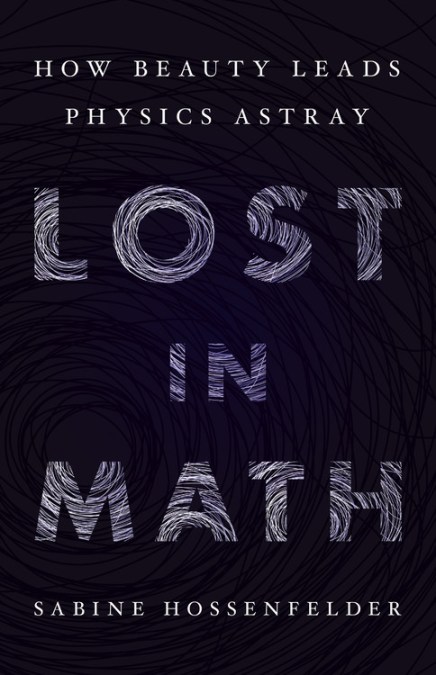
From Sabine Hossenfelder at Quanta:
Twenty-five particles and four forces. That description — the Standard Model of particle physics — constitutes physicists’ best current explanation for everything. It’s neat and it’s simple, but no one is entirely happy with it. What irritates physicists most is that one of the forces — gravity — sticks out like a sore thumb on a four-fingered hand. Gravity is different.
Unlike the electromagnetic force and the strong and weak nuclear forces, gravity is not a quantum theory. This isn’t only aesthetically unpleasing, it’s also a mathematical headache. We know that particles have both quantum properties and gravitational fields, so the gravitational field should have quantum properties like the particles that cause it. But a theory of quantum gravity has been hard to come by.
She is referring to Weinberg’s 1978 theory of “asymptotically safe gravity.”
A theory that is asymptotically free is well behaved at high energies; it makes no trouble. The quantization of gravity is not of this type, but, as Weinberg observed, a weaker criterion would do: For quantum gravity to work, researchers must be able to describe the theory at high energies using only a finite number of parameters. This is opposed to the situation they face in the naive extrapolation, which requires an infinite number of unspecifiable parameters. Furthermore, none of the parameters should themselves become infinite. These two requirements — that the number of parameters be finite and the parameters themselves be finite — make a theory “asymptotically safe.”
Bad news for supersymmetry? Because the theory restricts the number of particles below what supersymmetry needs. Incidentally, Hossenfelder notes, supersymmetry flunked a test at the Large Hadron Collider, not that you probably heard much about it.
But not only does asymptotic safety provide a link between testable low energies and inaccessible high energies — as the above examples demonstrate — the approach is also not necessarily in conflict with other ways of quantizing gravity. More.
In short, the old “new” approach doesn’t rule out string theory, for example, so much as it subjects it to the demands of testability. That’s welcome in an age of brush wars against testability and falsifiability.
Note: Weinberg, Glashow and Salam got the Nobel in 1979 for unifying the electromagnetic and weak nuclear force.
 See also: Theoretical physicist has a hard time convincing peers to accept reality Note: This forms part of the subject of her forthcoming book, Lost in Math: How Beauty Leads Physics Astray (June, 2018).
See also: Theoretical physicist has a hard time convincing peers to accept reality Note: This forms part of the subject of her forthcoming book, Lost in Math: How Beauty Leads Physics Astray (June, 2018).
Post-modern physics: String theory gets over the need for evidence
The war on falsifiability in science continues
and
Question for multiverse theorists: To what can science appeal, if not evidence?